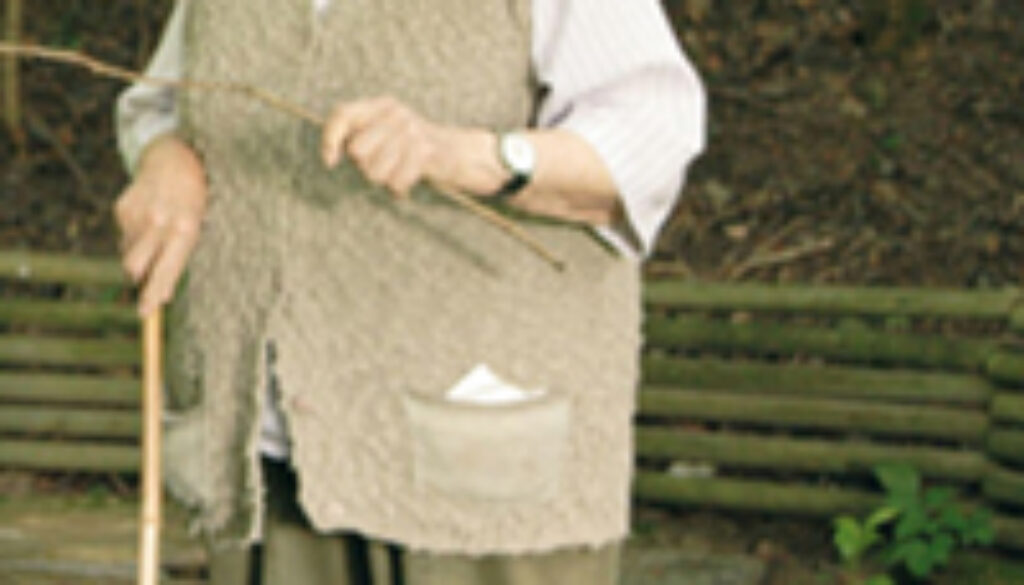Maria Thun born
Maria Thun was born near Malburg, Germany in April 1922. Her father had a small farm and the children took part in the farm work. Her father used to observe the evening and morning sky for several days before he sensed the time for sowing had come and the fields would be prepared.
Maria Thun and Biodynamics
In the early 1940s Maria Thun met her future husband Walter Thun, who introduced her to some biodynamic farmers and Maria Thun became greatly interested in these farming methods. She began attending various introductory courses at the Institute for Biodynamic Research in Darmstadt. She was introduced to Franz Rulni who published a regular planting calendar. However, his advice for plant growing was rather broad and often based on old peasant rules.
Maria Thun was eager to discover whether the Rulni calendar which referred to star constellations would give her the ability her father had had to judge the right time for sowing. Following the calendar, she started experimenting with sowing radishes and discovered variations between crops sown on different days despite soil conditions and seeds being identical.
Rudolf Steiner had pointed out the connection between cosmic forces and the growth of plants. Maria Thun began studying the astronomical calendar of the Goetheanum and discovered that every two or three days the moon passed into in a different constellation of the zodiac. This made her decide to study astronomy more intensively. She discovered that radishes acquired a different form and size depending in which constellation they were planted.
Maria Thun continued experimenting with sowing during the 1950s with almost all types of crops to see whether the movement of the moon had the same effect on all crops. From her observations she divided passage of the moon through the zodiac into four: root days, leaf days, fruit days and flower days, each indicating which type of plant is best sown on each specific day.
Maria Thun and the Biodynamic Sowing and Planing Calendar
The news of the results of the trials spread quickly through the biodynamic movement and The Biodynamic Sowing and Planting Calendar has been published annually for the last 50 years. As the extent of the trials expanded, so did the calendar and early on it was translated into French and Finnish, and today it is available in 27 languages. The results of planting and harvesting different plants at particular times have been well-documented over the years. Biodynamic techniques in agriculture can have a significant effect on the quality of the crops and how well they last. Maria Thun’s book Results from the Biodynamic Sowing and Planting Calendar, shows that if farmers and gardeners link their work into these cosmic rhythms, the quality of their produce is markedly increased and is based on over 40 years of research.
In 2010 When Wine Tastes Best, an annual biodynamic calendar for wine drinkers, was first published. This calendar gives the optimum days for drinking wine based on the research done on the Thun’s farm.
Maria Thun’s Retirement
In 2010 a deligation from the Maharashi University of Enlightenment in India visited the Thun’s farm. They had found many parallels with Maria Thuns work and ancient Indian observations, and their enthusiasm for her work led them to grant Maria Thun an Honorary Doctorate of Science. At this time Maria Thun withdrew from her public engagements and practical work. At the age of 85 she began to hand over responsibility to her children Matthias and Christina who had been closely involved in the publishing of the calendar and the practical research since 1972.
Maria Thun died on 9 February 2012 shortly before her 90th birthday.
